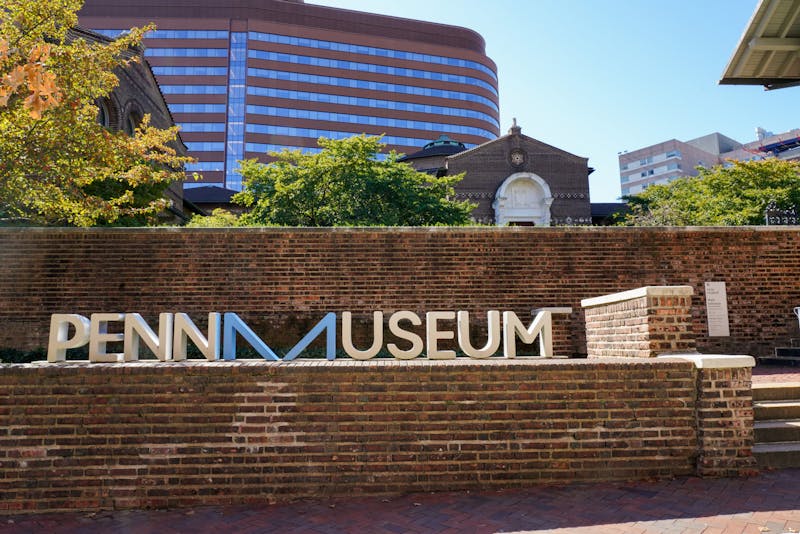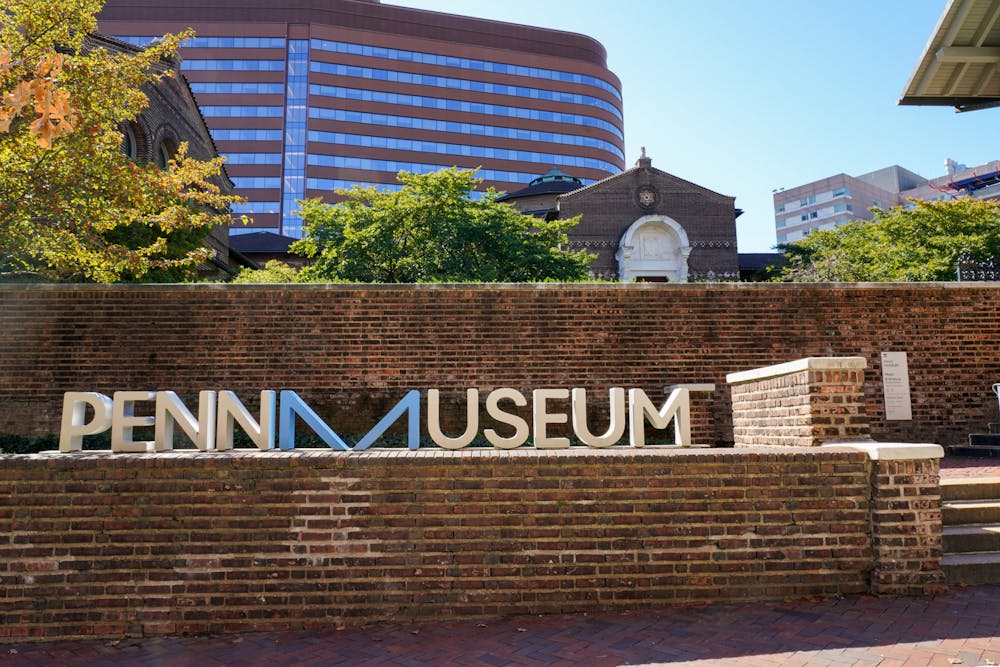Penn Museum on Oct. 14.
Credit: Rachel Zhang
Nearly 300 photographs taken in northern Iraq during the 1930s and stored at the Penn Museum have been digitized and shared with the Yazidi community — which is indigenous to that region — forming what researchers describe as the group’s first visual archive.
The images — which show weddings, shrines, festivals, and the daily life of indigenous Yazidi people — were originally taken by Penn archaeologist Ephraim Avigdor Speiser and his team during excavations at the Mesopotamian sites of Tepe Gawra and Tell Billa. Many of the photos had not been cataloged or published until Marc Marín Webb, a Ph.D. candidate in Mesopotamian history and archaeology, rediscovered them in 2022.
“Colleagues at the Penn Museum knew that I was looking at the history of Lalish, and then this colleague sent me the photo,” Webb said in an interview with The Daily Pennsylvanian. “We went to see the photos, and we found all of those 300 photos.
The Penn Museum’s photo studio scanned the collection at high resolution, cataloguing fragile negatives and prints that had remained in storage for decades.
“The Penn Museum was very generous in scanning everything and sharing it in such a record time,” Webb said. “300 photos in just a few months.”
In April, the photographs were exhibited in Iraq through the Sersal Project, a collaboration between Penn, the University of Victoria-Libraries Goethe Institute, and the Mirzo Foundation School of Music of Sinjar.
Webb described the collaboration with the Mirzo Foundation as the “most important” part of the project.
“Having musicians composing songs of Yazidi history, looking at this photograph was a beautiful dialog between oral histories and visual memory,” he said.
Reman Salo, a College sophomore who was born and raised in northern Iraq, recalled his reaction when he first learned about the photographs in an interview with the DP.
“It was incredible, actually, because as someone from the community, it was a great thing to see the Penn Museum paying attention and caring about such stuff,” Salo said. “I was very happy, honestly, I was very proud.”
According to Salo, the process of researching the photographs was also emotional.
“Back home, our parents and grandparents have told stories about our history. Knowledge is passed through generations,” he said. “But when you put a camera, or a picture, into that voice, you can really see it. At least I saw pictures from my hometown from 100 years ago, which was incredibly amazing.”
The photographs surfaced a decade after the Islamic State of Iraq and Al-Sham’s 2014 campaign in Sinjar, which the United Nations has classified as genocide.
Webb said that the photographs, though originally created for archaeological documentation, have taken on a new role connecting the past and present.
He emphasized that the Penn Museum’s decision to digitize and share the images reflects broader efforts to support heritage preservation in Iraq, where much of Yazidi culture has been targeted for destruction.
“It helps to bring … attention to not so much the genocide, but what happens after the genocide,” Webb said. “The problem of places like Sinjar is that it’s still destroyed … there’s still unexploded devices [and] mass graves that haven’t been opened.”
For Salo, the photographs expand the possibilities for how Yazidi life can be represented and have the potential to raise more awareness for indigenous communities. .
“It’s a great thing that reflects a history of the community that has existed for thousands of years, years of civilization, culture, and resilience,” he said. “We’re not only known for the violence against us, but also … the happy moments.”
Webb acknowledged that local populations in Iraq have expressed a similar desire for remembrance during the exhibitions.
“Those images allow you to have empathy with the people, because they are getting married, because they are celebrating in the shrines,” he said.
Sign up for our newsletter
Get our newsletter, DP Daybreak, delivered to your inbox every weekday morning.
He also described his hope to continue the project beyond his Ph.D. dissertation.
“The idea would be to generate the proper archive, the first visual archive of the community,” Webb said. “Maybe we can find a way to collaborate with different archives … it’s a project around memory, and I’m very interested.”
Pending approval from museums, Webb said, plans are also underway to bring an exhibition to Philadelphia.
The Daily Pennsylvanian is an independent, student-run newspaper. Please consider making a donation to support the coverage that shapes the University. Your generosity ensures a future of strong journalism at Penn.

